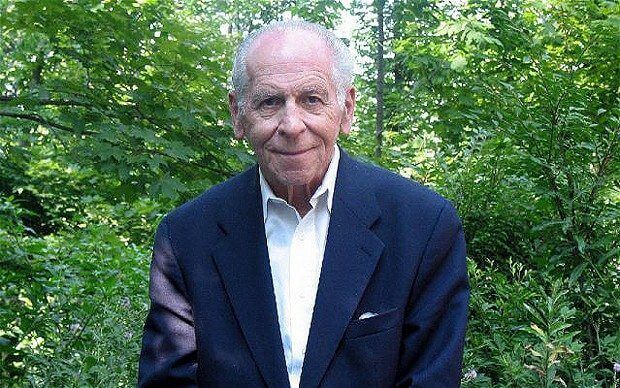Thomas Szasz’s name arouses all kinds of passions in the world of psychiatry, is loved and hated. Reverend and questioned, it’s no wonder. His ideas became a revolution in the 1960s.
Thomas Szasz was born in Budapest, Hungary, in 1920, at the age of 18 his family moved to New York (United States) because he was Jewish and needed to escape Nazi persecution, he has always excelled at being an excellent student. He first earned a bachelor’s degree in physics and then graduated as a doctor from the University of Cincinnati.
- “The scourge of humanity is fear and rejection of diversity: monotheism.
- Monarchy.
- Monogamy.
- The belief that there is only one good way of life.
- One way to regulate religious.
- Political and sexual laws.
- Is the cause of the greatest threat to humanity.
- Beings: members of their own species.
- Determined to guarantee their salvation.
- Their safety.
- And the reason?.
- -Thomas Szasz-.
At age 30, Thomas Szasz also graduated as a psychoanalyst, was awarded by the Chicago Institute of Psychoanalysis, then became professor emeritus of psychiatry at Syracuse University in New York and was appointed a lifetime member of the American Psychiatric Association. .
What propelled Thomas Szasz to international fame in the field of behavioral sciences was the publication of his book The Myth of Mental Illness, which since its publication has become the subject of a deep controversy that still remains.
Thomas Szasz began by criticizing what is considered the Bible of psychiatry, that is, the DSM, that is, the manual describing all mental illnesses, according to the concept of the American Psychiatric Association. classified, defined and designated.
The DSM has gone through diseases such as homosexuality, divorces, crimes and a long list that would only make people laugh, except that millions of people around the world have undergone medical treatment. Thomas Szasz harshly criticized this manual. In fact, he said it was an invention without any scientific basis.
Thomas Szasz’s most controversial thesis is to consider psychiatry not as a science, but as a means of control of society. In his central work and throughout his life, he repeated this postulate over and over again. He argued that mental illness itself does not exist as such.
He said the mind isn’t physical and he doesn’t get sick. What is happening is that there are certain behaviors that society refuses to tolerate. These behaviors are called “illnesses”. Therefore, they put all their efforts so that the individual does not behave in an original way, but as most people do. They call it “normal. “
Thomas Szasz also made it clear that psychiatry does not diagnose, but stigmatizes. He was an out-of-the-art critic of invention, childhood diseases, such as the famous attention deficit or hyperactivity disorder.
Another questionable point for Thomas Szasz was drug policy, he indicated that the state tells society which psychoactive drugs can be taken and which can’t, in this way legalizes psychiatric drugs and prohibits substances like marijuana, this happens even though it is scientifically proven. that the use and abuse of psychiatric drugs has worse consequences than those of certain banned substances.
In this way, Thomas Szasz joined the so-called “antipsychiatry” movement, a movement created in the late 1950s by David Cooper and Ronald Laing, which included among his followers great intellectuals such as Michel Foucault, Franco Basaglia and Ramon García. But, no doubt, Thomas Szasz gave him a much broader scope.
In the end, Thomas Szasz was an extraordinary defender of individual freedom. Also the rights of citizens, which are often limited to those described as “mentally ill”, which throughout history have been subjected to all kinds of exclusions and ageing. seeming to be treated and lead a more “normal” life.
Thomas Szasz’s thinking remains relevant. The North American school of the DSM has been consolidated worldwide; however, globally, methods of biological psychiatry remain very limited in treating the disorders they themselves define, some or not, their approaches should not be overlooked.

